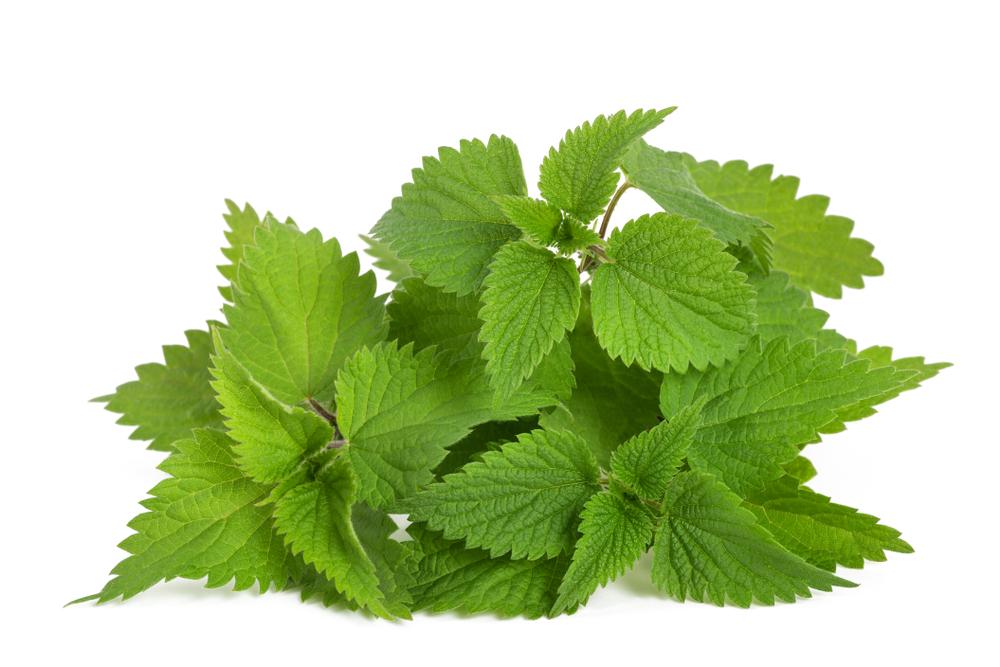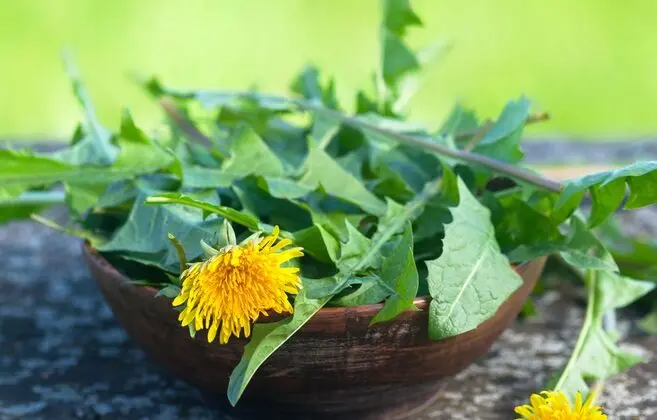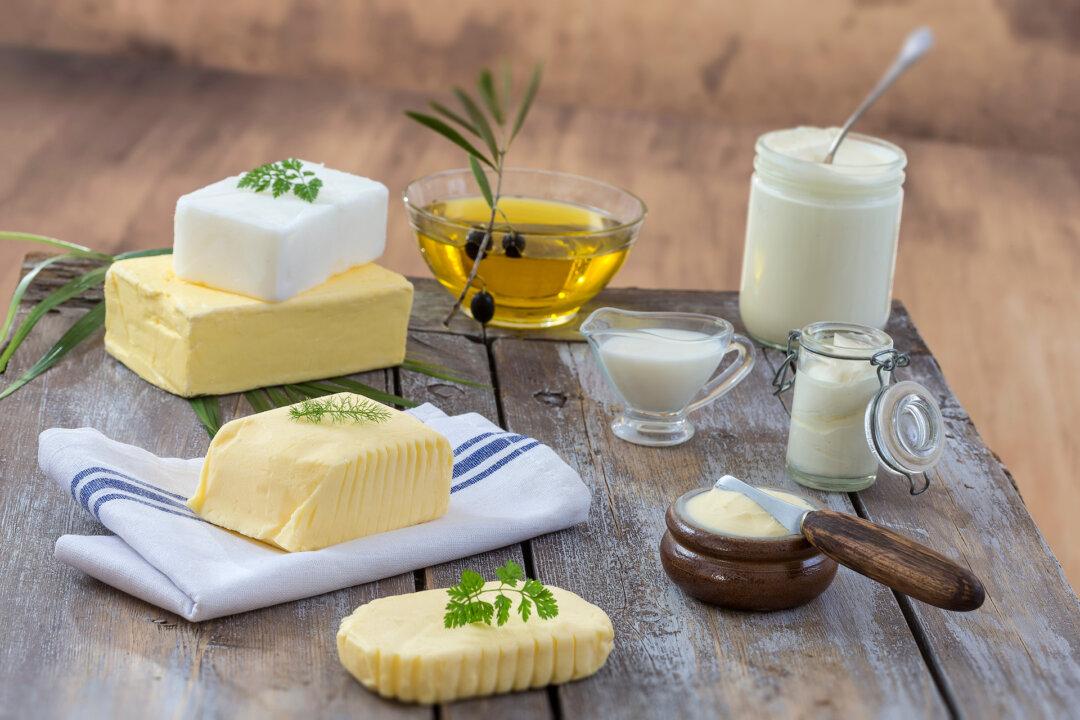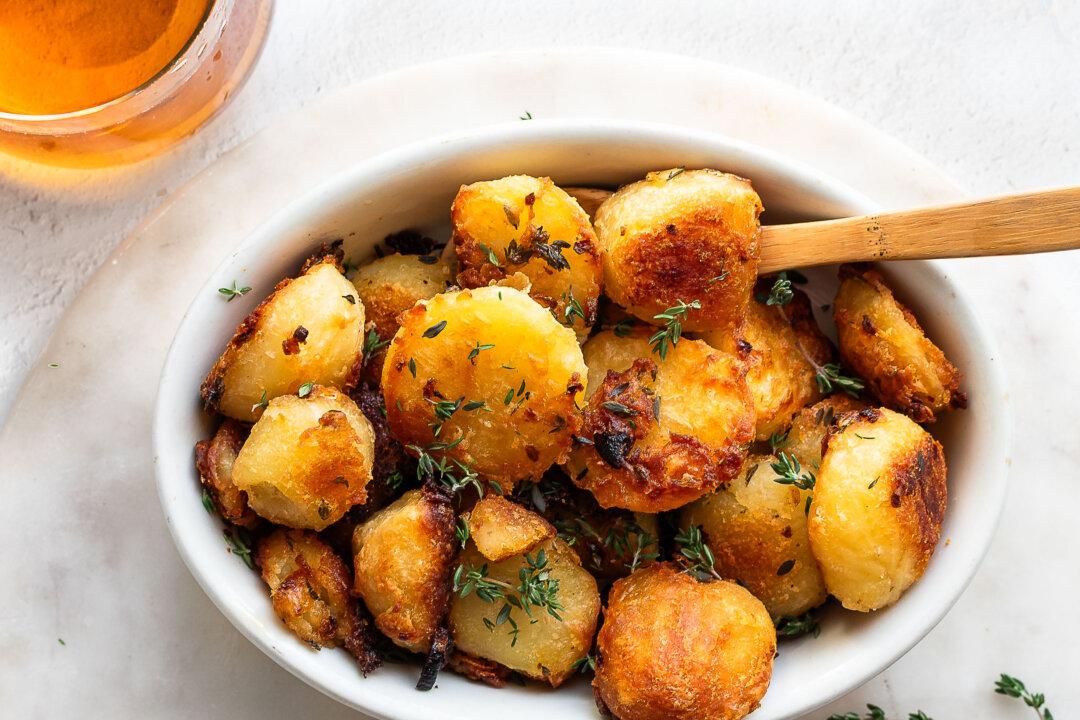As the temperature warms and the days grow longer, the earth seems to awaken with new life. Spring arrives with all its promises of growth and new beginnings.
It’s also a prime season for foraging, as wild greens emerge from the slumber of winter. While forests and other untamed places are optimal for seasonal foraging adventures, you can find many wild edibles in urban and suburban settings, and even your own backyard.
Many common weeds are, in fact, edible plants that both taste delicious and are highly nutritious. So while you might spend your time clearing the garden bed of weeds, consider eating them instead. Two springtime favorites that you’re sure to find just about anywhere are stinging nettle and dandelions.

Stinging Nettles
Stinging nettles (Urtica dioica) grow wild throughout the world. While they’re happiest growing in forests along streambeds, you can find the plants springing up in alleyways and behind homes even in urban settings. The serrated green leaves can pack a vicious sting, leaving welts on your skin if you’re not careful or if you come in contact with the plant accidentally. When gathering or handling the plant, wear long sleeves and thick gloves to prevent direct contact with your skin.While it’s a decidedly prickly plant that wants a gentle, careful handler, stinging nettle is one of the most valuable and nutritious springtime herbs. Like most leafy greens, the plant is a nutritional powerhouse. It’s rich in vitamins K and B6, as well as the minerals iron, calcium, phosphorus, magnesium, and potassium. In European folk medicine, nettles are traditionally used to support the kidneys and adrenal glands, and there’s some evidence the herb helps sufferers of seasonal allergies.
Dandelions
You find dandelions (Taraxacum officinale) popping up in gardens and yards all across the country in springtime. Their cheerful yellow heads open toward the sun in a sure sign that warm weather is near. While they may be the bane of many a gardener, from a different standpoint, they’re one of the most valuable springtime plants.Dandelions bloom earlier than many flowers, so they provide an important food source for the first bees to awaken after a long winter. Further, they’re nutritious in their own right, too. The entire dandelion plant, from its root to its flower, is edible. The leaves are rich in vitamins K and C as well as various B vitamins. They’re also an excellent source of potassium, iron, manganese, and calcium. The dandelion root is also a good source of complex carbohydrates, fiber, and prebiotics that help to nourish a healthy gut microbiome. Herbalists traditionally use the herb to support digestion and the body’s detoxification pathways.
Safety and Sustainability
When foraging for wild edibles, keep both safety and sustainability in mind. First, pick only plants that you recognize and know to be safe. Pick up a regional guidebook or visit a local foraging club for more information on wild edibles in your area.If you’re foraging in a wild area, make sure to bring a friend and check with local regulations to ensure that you can harvest plants legally. Many public areas, such as National Parks and Forests, place limits on how much foragers can take while others may require permitting. These regulations vary from place to place, so be sure to check locally before you go, and if you’re heading into wild places, make sure to take a friend or go with a group.
Only forage healthy plants from clean, safe areas. Choose plants from pesticide-free areas, as well as plants at least 50 feet away from roadsides and congested areas, as they may accumulate toxic compounds from urban pollution.
Only take what you need. Overharvesting can threaten wild plants, so to preserve the plants for future foragers, take only what you’ll actually use and no more than about one-third of the plants you find.





